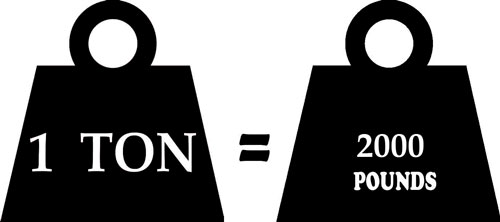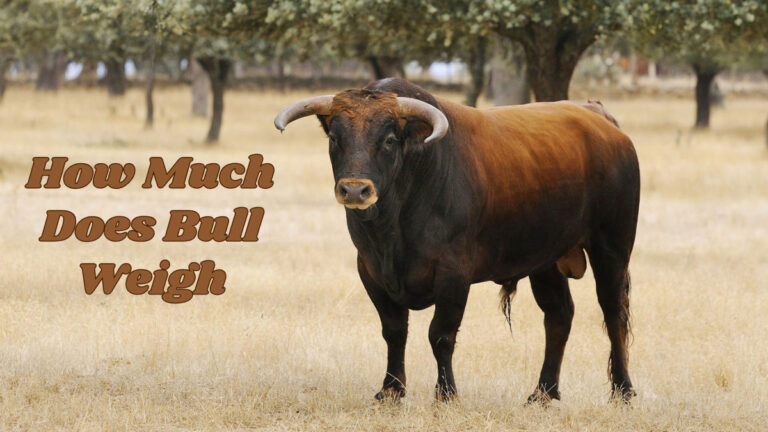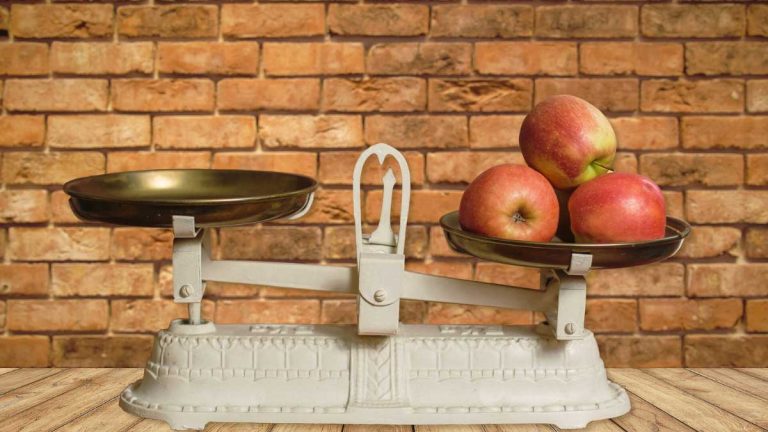How Heavy Is 10 Tons: Understanding Weight in Context
When you think of the weight “10 tons,” it’s easy to imagine something colossal. But what does that really mean? A ton, derived from the term “tun,” originally referred to a large cask that could weigh around 2,000 pounds. In today’s terms, a single ton is approximately 2,000 pounds or 910 kilograms. So, when you multiply that by 10, you’re looking at an impressive 20,000 pounds or 9,100 kilograms.
To put it in perspective, 10 tons is roughly the weight of about three adult elephants or five average-sized cars. This hefty measurement highlights the sheer magnitude of weight we’re discussing. Whether you’re dealing with large shipments, construction materials, or even the figurative “tons of homework,” understanding the scale of 10 tons can give you a clearer picture of just how substantial this weight truly is.
Key Takeaways
- Understanding 10 Tons: 10 tons is equivalent to 20,000 pounds or 9,100 kilograms, representing a substantial weight similar to three adult elephants or five average-sized cars.
- Weight Conversions: A US ton equals 2,000 pounds, a metric ton equals 2,204.62 pounds or 1,000 kilograms, and a long ton equals 2,240 pounds. Knowing these conversions is crucial for international contexts.
- Practical Comparisons: Items like fully loaded British Aerospace Jetstream 41 planes and some light military tanks weigh around 10 tons, alongside notable animals like certain African Bush Elephants.
- Conversion to Other Units: 10 short tons convert to 320,000 ounces, 10 metric tons translate to approximately 352,740 ounces, illustrating the weight’s magnitude in smaller units.
- Everyday Recognition: 10 tons can be visualized as the weight of about 100 average humans or a heavy portion of a fully loaded semi-truck, providing practical insights into this hefty mass.
Understanding Tons and Pounds
When trying to grasp the concept of weight, it’s essential to understand the units used. “10 tons” represents a significant amount of weight, especially in contexts like shipping and construction.

What Is a Ton?
- A ton, specifically a short ton or US ton, equates to 2,000 pounds. This unit is predominantly used in the US.
- When thinking of metric ton or tonne, it equals 1,000 kilograms or 2,204.62 pounds. Yet, in the US, “ton” usually implies the short ton.
- To put it in perspective, one ton also converts to 907.18474 kilograms. Knowing these conversions helps when working with international partners who might use different measurement systems.
- A pound is part of both the US customary and imperial systems.
- Each pound consists of 16 ounces or approximately 0.45359237 kilograms.
- In the US, pounds (abbreviated as lb or lbs) serve as a common unit for everyday weights. From groceries to personal weight measurements, you often encounter pounds in daily life. Understanding this unit helps when comparing products and managing your health-related goals.
Various Items Weighing 10 Tons
Understanding how heavy 10 tons is can be challenging without relatable comparisons. To grasp this weight, consider the items below that weigh around 10 tons.
Large Vehicles and Machinery
- Grand Slam Bomb: Developed during World War II by Sir Barnes Wallis, this bomb weighed approximately 10 metric tonnes or 22,000 pounds.
- British Aerospace Jetstream 41: When fully loaded, this regional airliner tips the scales at close to 10 tons, illustrating its capacity when airborne.
- Light Military Tanks: Some models, like the AMX-13, weigh between 6 to 12 tons, with the heavier versions approaching 10 tons.
- Semi-trucks: Without a trailer, a semi-truck’s weight ranges from 5 to 12 tons. Attach an empty trailer and the total weight can reach up to 17 tons.
Animals and Wildlife
- African Bush Elephant: While many individuals weigh between 6 to 7 tons, some males can grow to an imposing 10 tons, making them one of the largest living land mammals.
- Saltasaurus: This dinosaur is estimated to weigh around 7 tons, highlighting how some prehistoric creatures were similar in weight to large modern vehicles.
- Examples of man-made structures replicating the weight of 10 tons include certain heavy sculptures or sections of large construction projects. Though specific examples may vary, consider stone monuments or metal installations used in public spaces that require significant support to maintain their stability due to their substantial mass.

Converting Tons to Other Units
Understanding how to convert tons to other units helps when dealing with weight in different contexts. Various definitions of a ton influence these conversions.
Tons to Pounds
A ton, primarily used in the US, equals 2,000 pounds. To convert tons to pounds, multiply the number of tons by 2,000. For example, 10 short tons equal 20,000 pounds. The metric ton, known as a tonne, is heavier, equaling 2,204.6226218488 pounds. Therefore, 10 metric tons equals 22,046.23 pounds. In the UK, the long ton is defined as 2,240 pounds, making 10 long tons equal 22,400 pounds.
| Type of Ton | Pounds per Ton | Total Pounds in 10 Tons |
|---|---|---|
| Short Ton | 2,000 | 20,000 |
| Metric Ton | 2,204.6226 | 22,046.23 |
| Long Ton | 2,240 | 22,400 |
Tons to Kilograms
To convert tons to kilograms, you consider the definition of the ton. One metric ton equals 1,000 kilograms, resulting in 10 metric tons equating to 10,000 kilograms. Since one short ton is approximately 907.18474 kilograms, 10 short tons amount to 9,071.8474 kilograms.
Tons to Ounces
An ounce is a smaller unit commonly used in the US. Since one pound equals 16 ounces, multiply the total pounds by 16 to convert tons to ounces. For 10 short tons, which equal 20,000 pounds, there would be 320,000 ounces. Similarly, 10 metric tons (22,046.23 pounds) result in approximately 352,739.68 ounces. For 10 long tons, you get 358,400 ounces.
These conversions provide a clearer understanding of the weight represented by 10 tons across different measurement systems.
Perception of Weight in Everyday Life
Understanding the weight of 10 tons can transform your perception of everyday objects and scenarios. To illustrate this magnitude, consider a typical human context: 100 average individuals collectively weigh around 10 tons, assuming each person weighs approximately 200 pounds. Visualizing 100 people standing together can help you grasp the scale of this weight.
Vehicles
The world of vehicles offers another perspective. A semi-truck without a trailer weighs between 5 and 12 tons. When hooked up to an empty trailer, it weighs about 17 tons, with a maximum carrying capacity of 40 tons. A single semi-truck can provide a tangible reference when trying to conceptualize 10 tons.
Aircraft
In the skies, the British Aerospace Jetstream 41 regional plane reaches a loaded weight of 10 tons. This aircraft, upon full load, exemplifies how substantial 10 tons can be when considering the engineering feats required to achieve flight.

Animals
Consider the animal kingdom, where the African Bush Elephant weighs between 6 to 7 tons. Some individuals approach 10 tons, offering a living example of this weight. These majestic creatures illustrate the immense heft of 10 tons in biological terms.
Through these examples, you can better appreciate the weight of 10 tons, recognizing its significance in various aspects of life, from human and vehicular scales to aviation and wildlife.
Conclusion
Understanding the weight of 10 tons provides valuable insights into various aspects of life and industry. Whether you’re comparing it to the heft of elephants or the engineering marvels of aviation, this weight represents a substantial mass. Recognizing the differences between short tons, metric tons, and long tons enhances your ability to navigate international contexts and conversions. By grasping these concepts, you gain a clearer perspective on how 10 tons manifests in both everyday objects and large-scale structures. This knowledge not only enriches your comprehension of weight but also aids in making informed decisions in fields like shipping, construction, and beyond.







